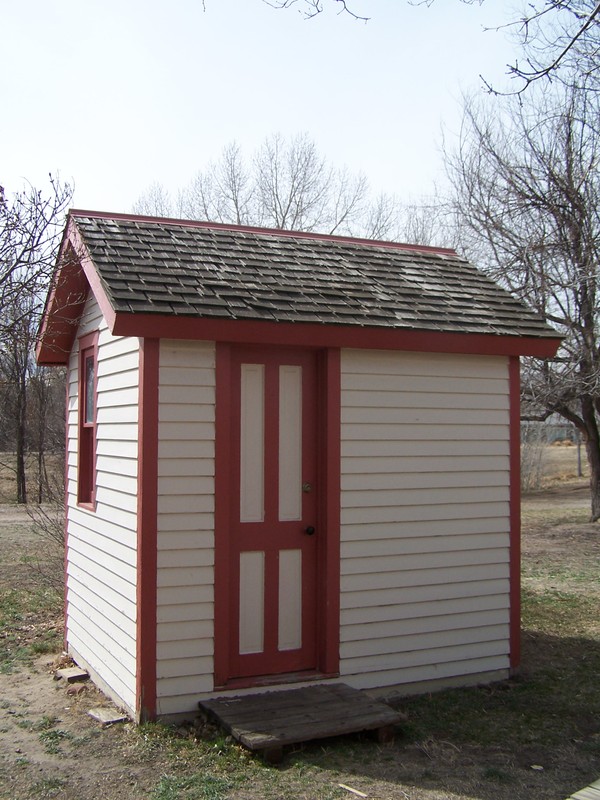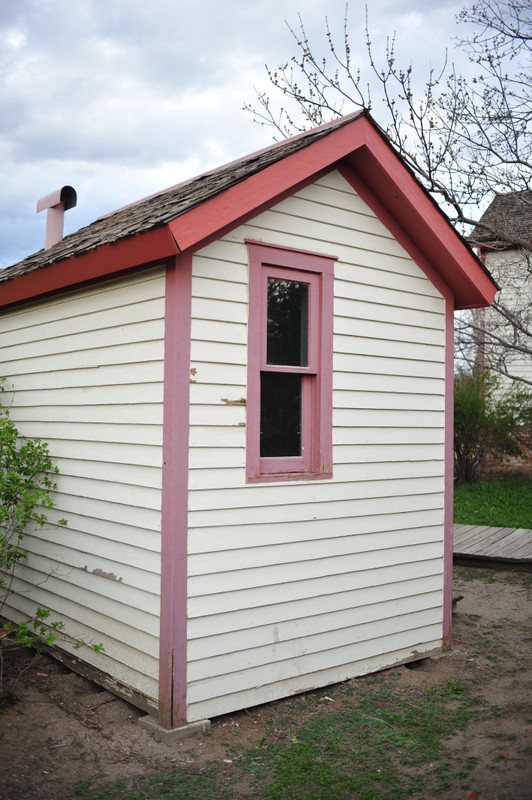The Privy
Introduction
Text-to-speech Audio
Images
Four Mile's Privy

Four Mile's Privy showing the window


Backstory and Context
Text-to-speech Audio
Privies would often be a pit lined with stone, with a small building on top for doing one’s business. This building often had a seat or bench with a hole in it. Nicer privies would have more than one seat; Four Mile’s privy has three, and a window. When it was too cold or dark to use the privy, those in the house would use a receptacle called a chamber pot.
These privy pits were often used for more than just bodily waste. Garbage was often thrown into them. During the archaeological digs of the 1970s, researchers discovered many artifacts in the area where the Booth’s privy once stood. These artifacts included everything from old newspapers to broken ceramics to several bottles.
Another interesting find in the Booth privy pit were seeds. These seeds gave researchers clues as to the different foods that were eaten during the time period, like tomatoes, cherries, squash, and watermelon.
The privy in the Park today was built in 1982. It was constructed where a privy stood from at least 1910-1920. It is for educational purposes only. Flush toilets are available in the Bee House, the Gate House, and in Grant Hall.
Sources
Pondering the Privy: A History of Outhouses
How the Outhouse Went In: Part Two of The Poo Papers
Four Mile Historic Park Collections
Nelson, Sarah M and Richard Carilo, Stephen J. Leonard, Bonnie J. Clark, Lori E Rhodes, and Dean Salita. (2001). Denver: An Archaeological History.
Four Mile Historic Park Collections
Four Mile Historic Park Collections
